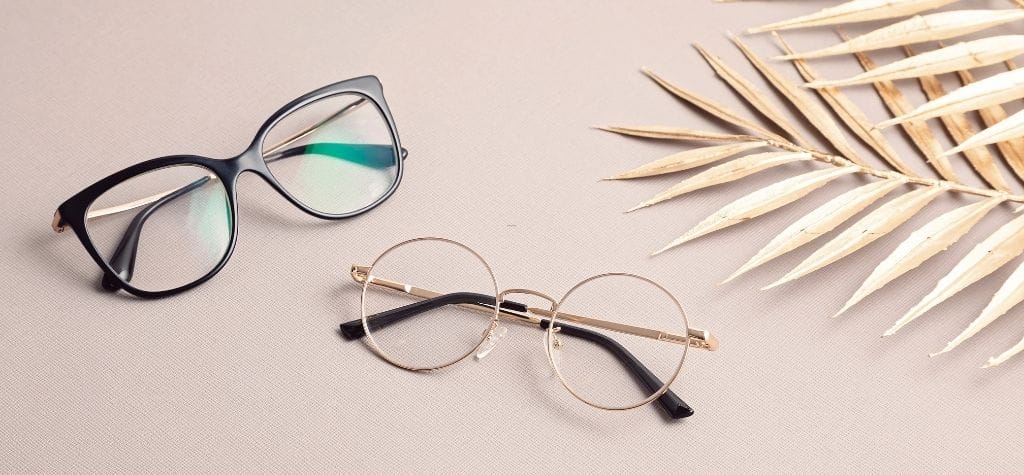In today’s fast-paced digital world, the importance of crystal-clear vision cannot be overstated. If you wear glasses, you’ve probably noticed how annoying lens glare can be—especially under bright lights or while driving at night. That’s where anti-reflective coating (often called AR coating) steps in. This innovative lens treatment enhances your vision, minimizes distractions, and improves the way your glasses look.
Whether you’re a seasoned glasses wearer or considering your first pair, this guide gives you everything you need to know about anti-reflective coating—its benefits, how it works, who needs it, and how to care for it.
Introduction to Anti-Reflective (AR) Coating

Anti-reflective coating is a special layer applied to the surface of eyeglass lenses to eliminate reflections. It improves how light passes through the lenses, offering sharper vision and a cleaner appearance. AR coating is especially beneficial in environments with artificial lighting, computer screens, and nighttime driving conditions.
How Anti-Reflective Coating Works
The Science Behind the Layers
AR coatings consist of multiple ultra-thin layers of metal oxides. These layers are carefully engineered to interfere with light reflections, canceling them out through a process called destructive interference.
Light Refraction and Glare Reduction
When light hits your lenses, some of it gets reflected, which causes glare and reduces visibility. AR coating minimizes this by allowing more light to pass directly through the lens, enhancing vision and reducing eye fatigue.
Benefits of Anti-Reflective Coating
Improved Visual Clarity
With reduced reflections, you experience clearer and crisper vision—especially in low-light situations or when staring at screens.
Enhanced Aesthetics (No More Lens Glare)
Your eyes are more visible to others, making for better eye contact and improved appearance in photos and video calls.
Reduced Eye Strain
Less glare means your eyes don’t have to work as hard, especially during long hours of screen time or reading.
Better Night Driving Experience
AR coating helps reduce the halo effect around headlights and streetlights, making night driving safer and more comfortable.
Different Types of Anti-Reflective Coatings

Standard vs. Premium Coatings
Standard AR coatings offer basic glare reduction. Premium options provide added benefits like scratch resistance, hydrophobic surfaces, and longer durability.
Blue Light AR Coatings
Ideal for digital device users, these coatings filter out high-energy blue light to protect your eyes from digital strain.
Scratch-Resistant and Hydrophobic Add-Ons
Some AR coatings come with extras that repel water, dust, and smudges—making your lenses easier to clean and more durable.
Ideal Candidates for AR Coating
Office Workers and Screen Users
If you spend long hours in front of a computer, AR coating is almost essential. It significantly reduces digital eye strain.
Night Drivers and Photographers
People who drive at night or work with cameras benefit greatly from reduced glare and sharper vision.
AR Coating and Prescription Glasses
Lens Compatibility (Plastic, Polycarbonate, High-Index)
AR coating is compatible with most prescription lenses, including polycarbonate and high-index types, commonly used for stronger prescriptions.
Coating Process and Application
The coating is applied using a vacuum deposition process, bonding it tightly to the lens for long-lasting results.
Maintenance and Cleaning Tips
Do’s and Don’ts
- Do: Use a microfiber cloth and lens cleaner.
- Don’t: Use paper towels, napkins, or harsh cleaners that can damage the coating.
Cleaning Kit Recommendations
Invest in an anti-reflective lens cleaning solution and carry a soft cloth to keep your glasses smudge-free on the go.
Common Misconceptions About AR Coating
“It Makes Glasses More Fragile”
False. While the coating is delicate, it doesn’t weaken the lens itself. Proper care ensures longevity.
“It Peels Off Easily”
Not true for high-quality coatings. Cheap AR coatings may degrade, but premium versions last years with proper care.
Comparing AR Coating With Other Lens Treatments

UV Protection vs. Anti-Glare
While UV coatings block harmful rays, AR coatings focus on visual clarity. Many lenses now include both.
Photochromic Lenses with AR Coating
You can combine AR coating with photochromic (transition) lenses for optimal versatility indoors and out.
Cost and Value: Is It Worth the Investment?
Price Range by Lens Type
Expect to pay anywhere from $20 to $100 extra for AR coating depending on lens type and brand.
Longevity and Return on Investment
Given the comfort, clarity, and protection it provides, AR coating offers excellent value over time.
Frequently Asked Questions
Q1: Does AR coating wear off over time?
A1: High-quality coatings last years if properly cared for, but lower-grade options may degrade.
Q2: Can AR coating be added after lenses are made?
A2: No, it must be applied during the lens manufacturing process.
Q3: Is AR coating good for children’s glasses?
A3: Absolutely. It reduces glare and helps kids see better in class and on screens.
Q4: How do I clean AR-coated lenses safely?
A4: Use a soft microfiber cloth and lens-safe cleaning solution—never rough fabrics or household cleaners.
Q5: Can AR coating help with headaches?
A5: Yes, especially if glare or digital eye strain is the cause.
Q6: Is AR coating available for sunglasses?
A6: Yes, and it’s especially helpful for sunglasses with polarized lenses.
Conclusion: Why AR Coating Is a Game-Changer for Eyewear
When it comes to enhancing your visual experience, anti-reflective coating is an upgrade worth considering. It delivers clearer vision, reduces distractions, protects your eyes, and enhances your everyday comfort. Whether you’re working, driving, or just enjoying the world around you—AR coating makes your glasses smarter, sharper, and more stylish.

